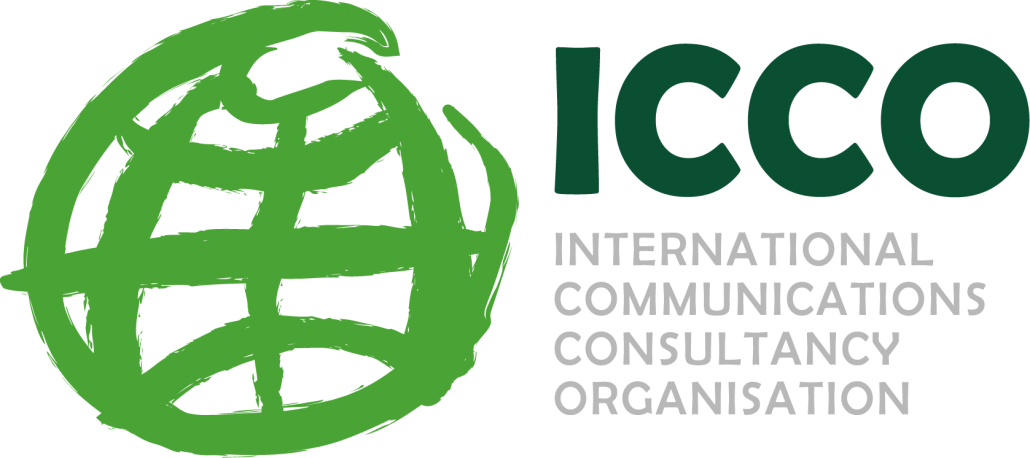PR So Good That No-one Minds It’s PR: Shareworthy & Newsworthy by Stuart Smith
Guest blog post by Stuart Smith, CEO EMEA of Ogilvy Public Relations
Five years after PR got its own category we head again towards Cannes Lions 2014 wondering whether PR agencies will break through in the awards. Surely this will be the year? If it’s not, it will be for all the reasons we have outlined in the past. Can PR scale its great ideas across paid, owned and earned channels? Has PR convinced the CMO that what we do works? Can PR partner peer-to-peer with the other marketing disciplines? Are we adapting fast enough to the new integrated world of marketing and content?
The industry conceded its natural territory: A long time ago, no one is quite sure when, PR was implicitly dropped from being included in the phrase “creative industries”. Back in the late 80s PR agencies, good ones, had planning, research and creatives. They occasionally had advertising subsidiaries (specialists admittedly), bought media and even executed large direct mail campaigns. Somewhere in the intervening years PR allowed itself to be pushed into a box where it stood for press releases and stakeholder relations. Every discipline became micro-specialist in what they did. Hence the calls from clients in the 90s for Integration 1.0 where all disciplines came together simply ensure we didn’t trip over each other during a big product launch.
Clients know what they want from PR better than most agencies: Fast-forward twenty plus years and we see huge changes in the marketing, publishing and news industries driven by digital and social. Naturally brands are moving their budgets to reflect this and re-designing their own structures. If we are honest, agencies themselves are wrestling with how to adapt and become even more channel neutral and agile. A senior marketing client told me recently that “PR is uniquely placed to act as a bridge between the creative and the media agency for me. PR helps me develop campaign ideas that set the news agenda so we truly earn our media, not just buy it”
Clients are already impatient for the PR industry to adapt faster: That’s why clients are looking for new levels of integration not just across disciplines but in the development of channel-agnostic campaign platforms. Brands want to create real-time, authentic conversations with (and between) their consumers about real issues which mirror their day-to-day, real-world concerns, conversations and the news agenda. That is the PR industry’s heartland. Yet, worryingly a recent UK PRCA survey said that 55% of clients would consider buying PR services from “another type of agency”.
A call-to-action (every great campaign needs one): That’s a lot of moving parts and some would say PR should be playing a bigger role in shaping the agenda. So how should PR respond? I will leave you with the challenge to complete this thought: “Brands and corporations would be better served by PR if….”
There is no more pertinent time like the Cannes Lions 2014 festival for us to consider how to complete that sentence.
@stuartsmith
 Stuart Smith is the CEO of Ogilvy Public Relations Europe, Africa and the Middle East. He has over twenty years experience in communications. In that time he has held senior positions within consultancies and in-house and has worked across many industries and geographies in both the private and public sectors. His experience with media brands covers PR for CNBC Europe, The Economist conferences and the BBC (who he advised on digital and blogging strategies prior to their launch). He is also a keen follower of the changing face of the media and its business model and how this is influencing the art and science of marketing.
Stuart Smith is the CEO of Ogilvy Public Relations Europe, Africa and the Middle East. He has over twenty years experience in communications. In that time he has held senior positions within consultancies and in-house and has worked across many industries and geographies in both the private and public sectors. His experience with media brands covers PR for CNBC Europe, The Economist conferences and the BBC (who he advised on digital and blogging strategies prior to their launch). He is also a keen follower of the changing face of the media and its business model and how this is influencing the art and science of marketing.
His experience of developing strategy spans a wide range of disciplines: change management programmes, acquisitions, disposals and rebranding; crisis management and issues preparedness; organisational effectiveness audits; communications and marketing; issues-led and public affairs campaigns; managing stakeholder relations across a range of NGOs; and the alignment of internal communications with brand repositioning programmes.



